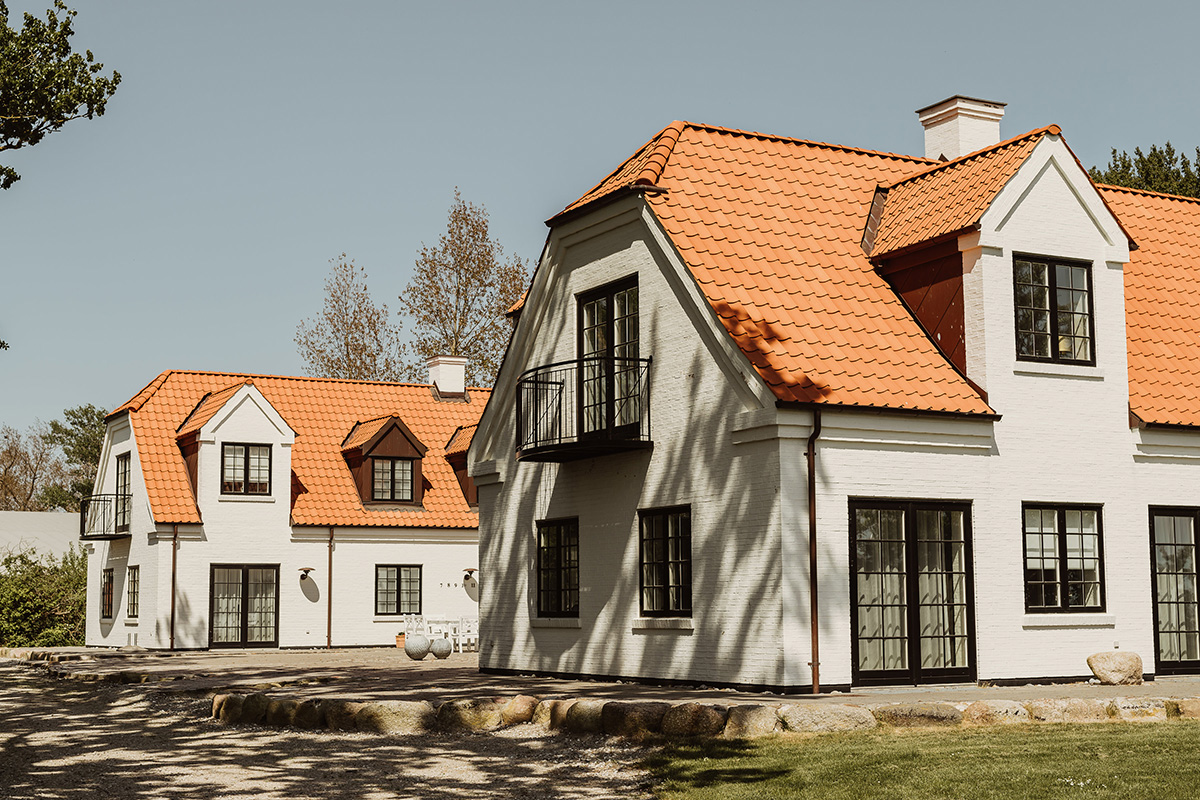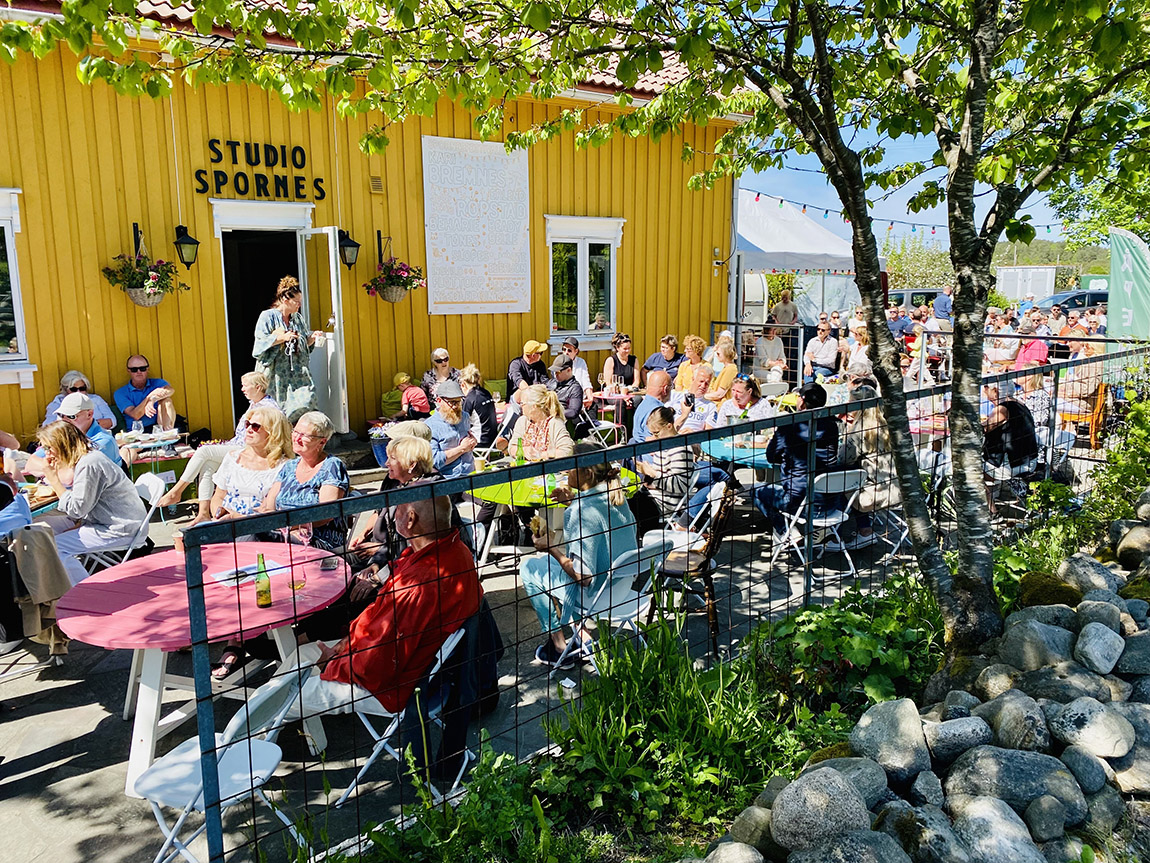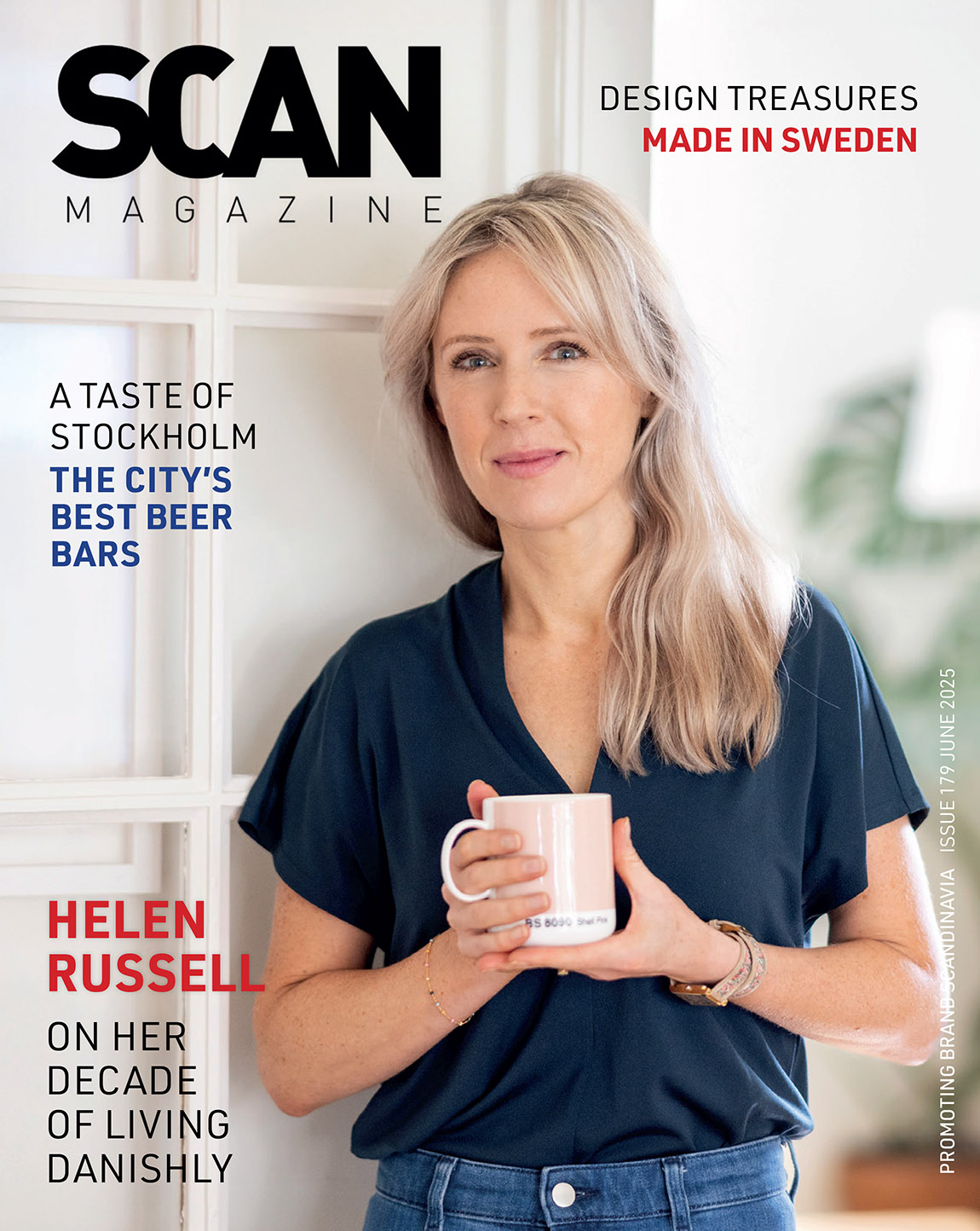BaneGaarden: A green oasis in the city
By Karen Gilmour Kristensen | Photos: BaneGaarden
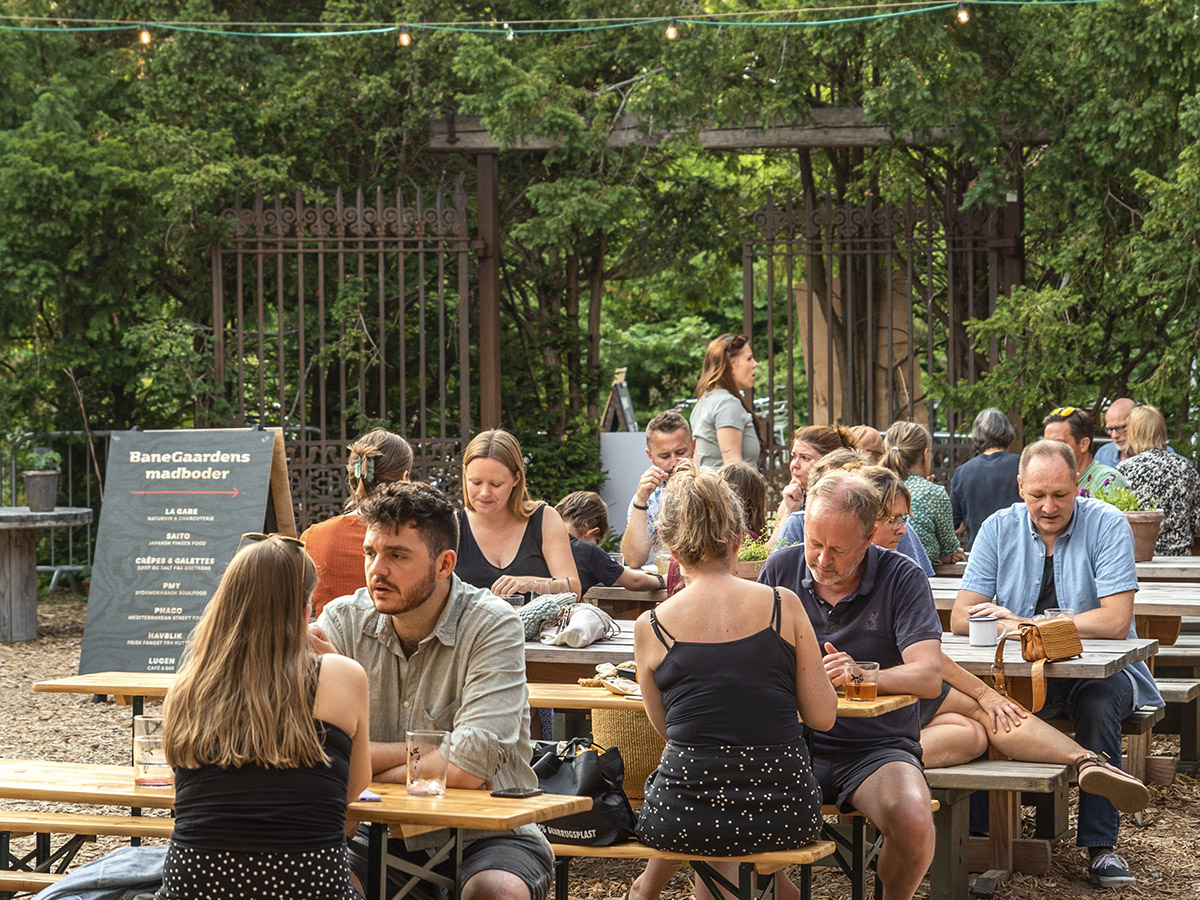
Wild nature and a buzzing city life normally feel like two opposites. Nevertheless, the two can co-exist, as proven at the heart of Copenhagen, Denmark. Right in the middle of the city lies BaneGaarden (‘The Railway Station’), a green area that offers culinary experiences ranging from baked goods to gourmet – all 100 per cent organic, of course.
BaneGaarden consists of nine barns, that house everything from food stands and bars to a sourdough bakery, a gourmet restaurant and event rooms and meeting facilities. Everything is organic, from the espresso in the coffee bar to the menu in the evening restaurant. In September, BaneGaarden will launch a new South American-style restaurant, adding yet another exciting eatery for foodies.
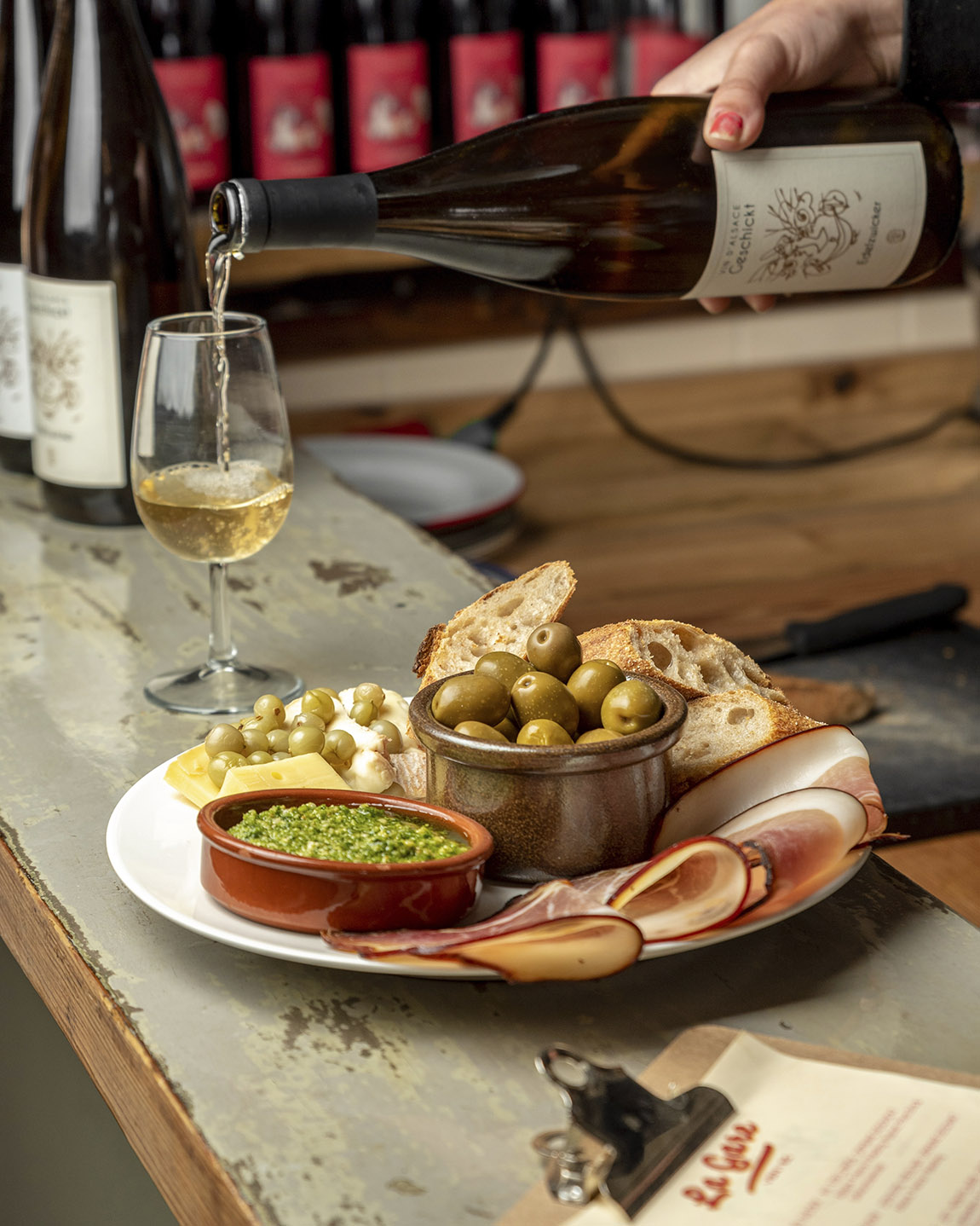
Whether you’re looking for a fine culinary experience or grabbing a coffee with a business partner or friend, BaneGaarden is the place to be. Additionally, it’s open year-round, making it a nice vantage point to watch the seasons come and go. The restaurants and food stands have varying opening hours depending on the season. However, current opening hours are frequently updated on BaneGaarden’s website.
“The natural landscape will make you feel like you have travelled far away from the city when you visit – but actually, it isn’t far at all,” says spokesperson Anne Mette Boysen. “Our natural settings make BaneGaarden a place worth visiting at all times. Of course, it’s nice in the summer when the sun is shining and the plants are blooming, but it also gets very cosy in the winter when the fairy lights are on.”
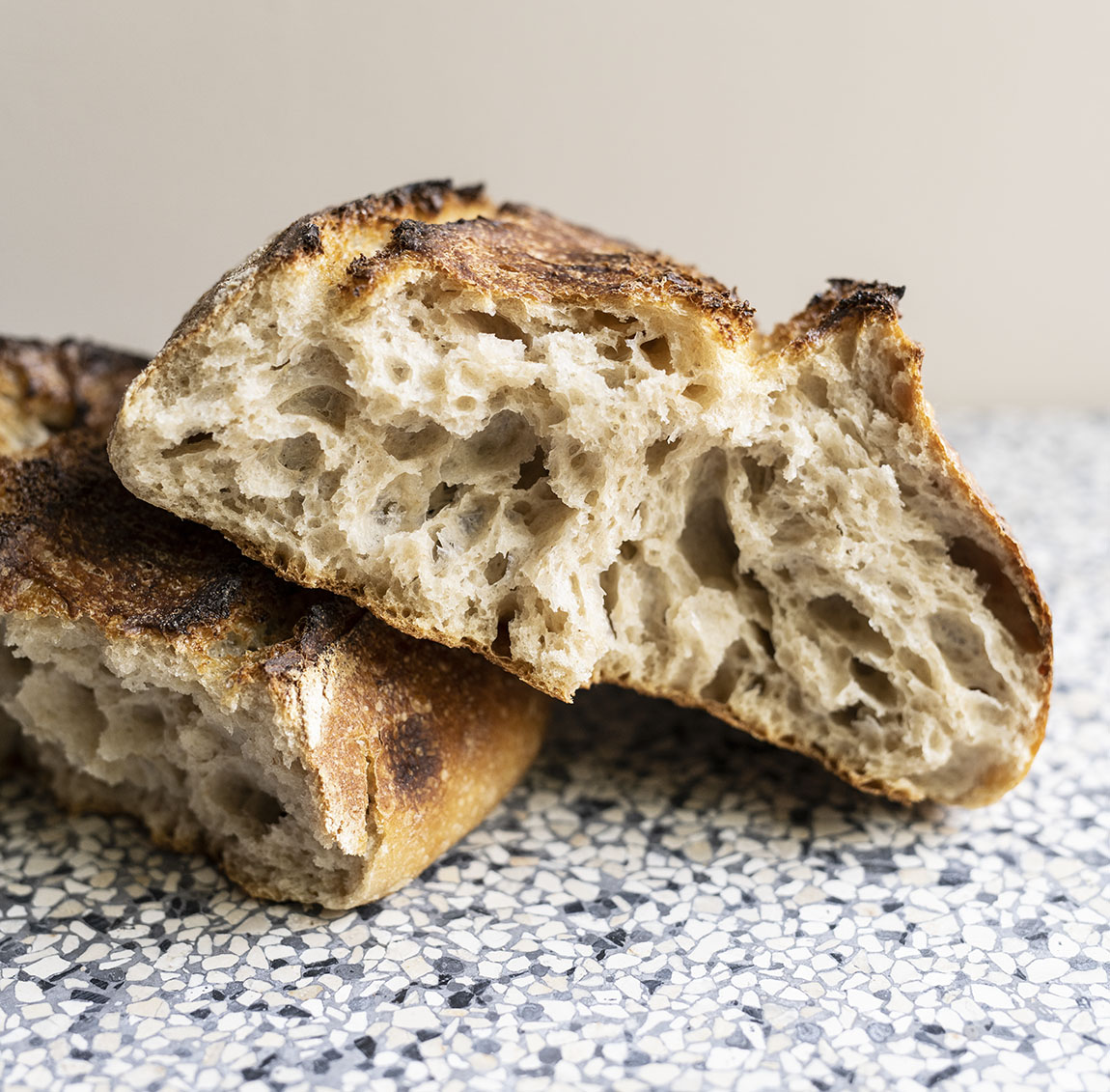
Seeking sustainable solutions
Originally built in 1909 as storage for goods trains, the nine barns of BaneGaarden had been deserted for many years, until they were rediscovered a few years ago. A couple of skilful entrepreneurs saw their potential and began a comprehensive renovation of the barns – a renovation that’s still going on, today.
“We have decided to include sustainability in everything we do,” Boysen explains. “Renovating these barns takes a long time because we try to keep old crafts alive by doing as much as we can by hand.” BaneGaarden employs up to 15 full-time builders at a time, each with their own specialist skills and distinctive approach to sustainability. The materials used must be sustainable, as well. For instance, the paint contains buttermilk to avoid the usual plastics in paint.
“When we renovate, we don’t tear anything down,” Boysen says. “We make use of the materials we have rather than ordering completely new materials – even though it would have been faster, easier and cheaper. But we wish to take good care of this small piece of wild nature that we have been given, so we’re not compromising on our sustainable agenda.”
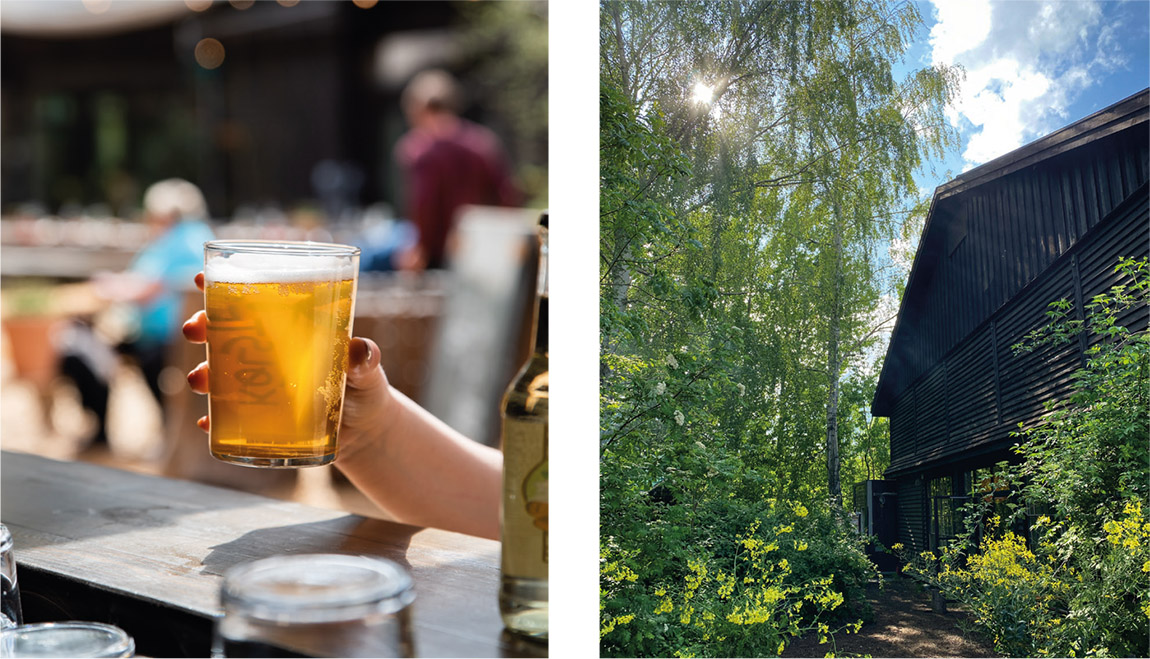
More than a culinary experience
As BaneGaarden continue their sustainable journey, it has become increasingly important to them to share their accumulated knowledge about sustainability. According to Boysen, BaneGaarden should be both a fun and informative place, for both children and adults, which is why they host events to teach children about a sustainable way of living. For instance, children can learn about compost, how it’s made and what it’s used for.
“We want every one of our visitors to leave BaneGaarden with more than just a culinary experience or a couple of photos of some pretty buildings,” she says. “But we’ve only just started. Each time you visit, there’ll be something new to explore.”
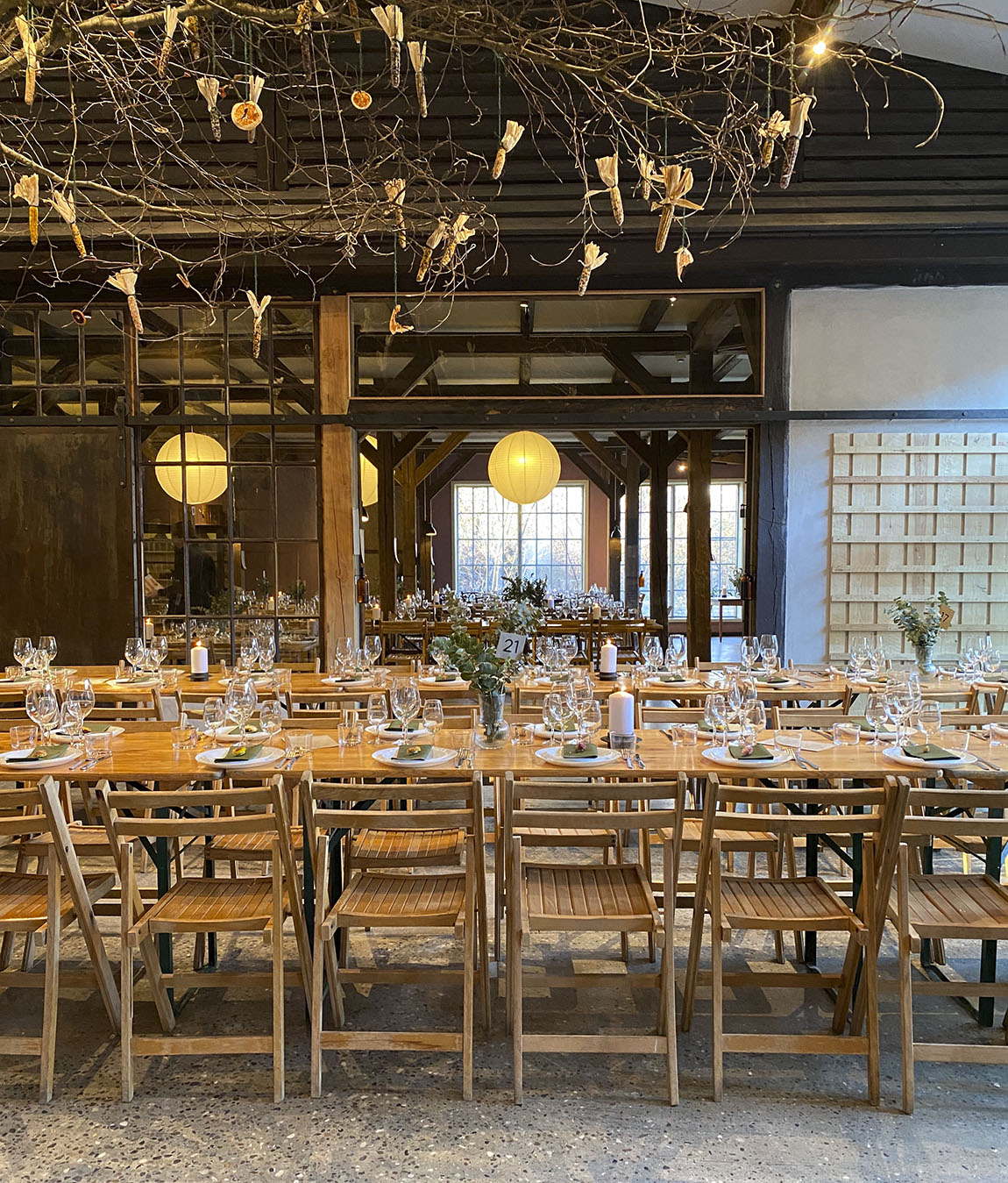
When asked why sustainability is so important to the team behind BaneGaarden, Boysen’s message is clear. “It should be important to all of us,” she states. “There are some things we have to consider if we wish to preserve the earth we live on. Our small oasis in Copenhagen is a piece of nature which is part of a larger ecosystem, and we think it’s worth protecting.”
This also means that no trees or bushes at BaneGaarden are cut. If a pathway is needed, it will have to be created around a shrubbery and not through it. “It’s important that we don’t interfere with nature too much, as it’s vital for the insects and animal life around us,” Boysen explains. “And it’s a good way of teaching children about sustainability. After all, they’re the ones who will help take care of nature in the future – and hopefully make sure there can be a piece of wild nature in the middle of Copenhagen for a very long time,” she says. “Sustainability is important for us, because why not – and what is the alternative?”
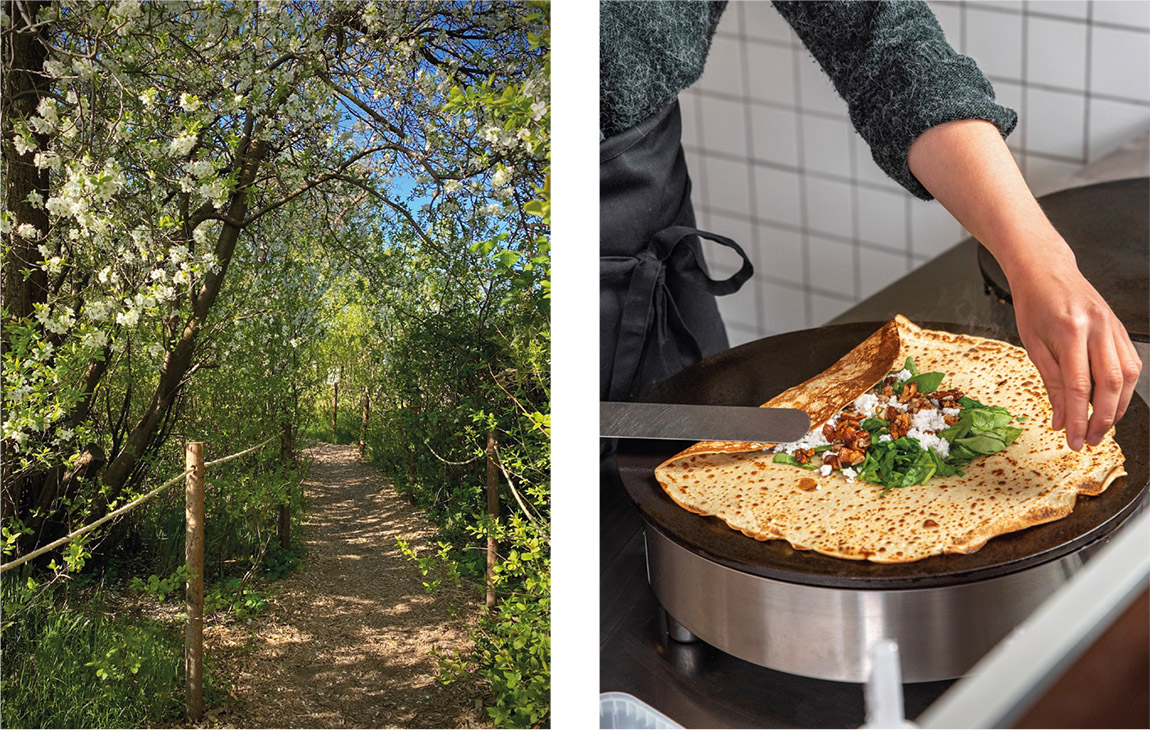
Web: www.banegaarden.com Facebook: BaneGaarden Instagram: @banegaarden
Subscribe to Our Newsletter
Receive our monthly newsletter by email

